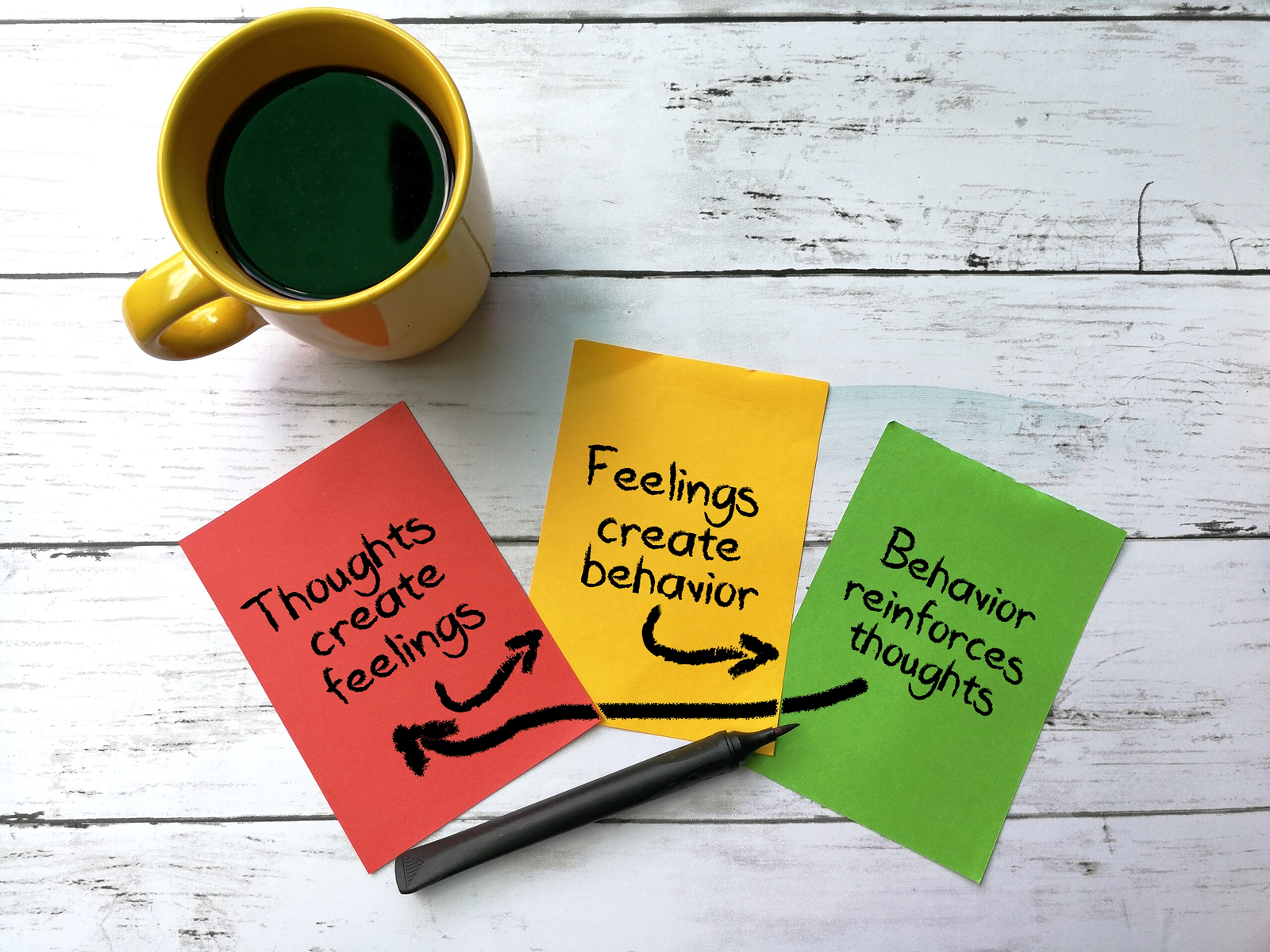
A highly effective psychotherapy called cognitive behavioral therapy (CBT) focuses on how our thoughts, beliefs, and attitudes can affect our feelings and behavior. Traditional CBT treatment usually requires weekly 30- to 60-minute sessions over 12 to 20 weeks. A faster option now emerging is intensive CBT (I-CBT), which employs much longer sessions concentrated into a month, week, or weekend — or sometimes a single eight-hour session.
CBT helps people learn tools to reframe different types of thinking, such as black-and-white thinking (I can’t do anything right) and emotional reasoning (I feel you dislike me, so it must be true) and other potentially harmful thought patterns that fuel mental health problems and undermine relationships, work, and daily life. Once learned, the coping strategies taught during CBT or I-CBT sessions can help people deal with a variety of problems throughout life.
Can intensive CBT help people with anxiety, depression, and other issues?
I-CBT has been used to treat many people suffering from mood and anxiety disorders, trauma-related disorders, and other issues. Some programs treat children or teens who have mild autism spectrum disorder (mild ASD), selective mutism, or prenatal alcohol exposure, or who are struggling with school refusal.
There are I-CBT programs that focus in specific areas, such as:
- attention deficit hyperactivity disorder (ADHD)
- anxiety disorders, including agoraphobia, generalized anxiety disorder (GAD), social anxiety, specific phobias, panic attacks and panic disorder, and separation anxiety
- obsessive-compulsive disorder (OCD)
- post-traumatic stress disorder (PTSD), sexual trauma, and traumatic brain injury (TBI).
Is intensive CBT effective?
Research on effectiveness — or whether or not I-CBT works — is relatively new. Studies suggest it is effective for treating OCD. Children and adults who have this condition make similar, long-lasting gains with traditional or intensive CBT. It’s also effective for treating panic disorder in teens, anxiety symptoms in children with mild autism spectrum disorder, and severe mood disorders.
Additionally, fewer people drop out of treatment with I-CBT compared with traditional CBT.
Who might benefit from the short time span?
People with full-time jobs who find it difficult to take time off during the work week for weekly appointments might be able to commit to a weekend of intensive treatment. Teenagers busy with academics and activities during the school year may benefit from intensive sessions for a week during the summer. Families juggling multiple schedules can benefit from I-CBT because it allows them to focus on treatment without feeling their time is split among several other commitments. And people who live in areas without easy access to mental health services or specialists may be able to travel for a weekend for intensive treatment.
I-CBT may also help people who have tried traditional CBT, but have not found it feasible or successful. Alternatively, I-CBT sessions may introduce people to this form of psychotherapy, and its benefits, thus serving as a catalyst for traditional CBT treatment.
What are the drawbacks?
Most importantly, the effectiveness of I-CBT is still being evaluated. Intensive treatment requires specialized therapists who are trained to deliver I-CBT. It may not be possible to find a well-qualified program or therapist nearby, which would add to the cost and time commitment of treatment. Most insurance companies do not cover intensive treatments such as I-CBT, so it can be expensive.
Resources
Programs specializing in I-CBT for children and teens include the following:
- Boston University Child and Adolescent Fear and Anxiety Treatment Program, Boston, MA.
- Boston University Brave Bunch Program, Boston, MA.
- Child Mind Institute Intensive Treatment, New York, NY.
- McLean Anxiety Mastery Program, Belmont, MA.
- UCLA Semel Institute for Neuroscience and Human Behavior Child OCD Intensive Treatment Program, Los Angeles, CA.
- UCLA Resnick Neuropsychiatric Hospital ABC Intensive Outpatient Program, Los Angeles, CA.
- University of South Florida Rothman Center for Pediatric Neuropsychiatry Intensive CBT for OCD, Tampa, FL.
- Weill Cornell Medicine Intensive Treatment Program (ITP) for Children and Adolescents, New York, NY.
Programs specializing in I-CBT for adults include the following:
